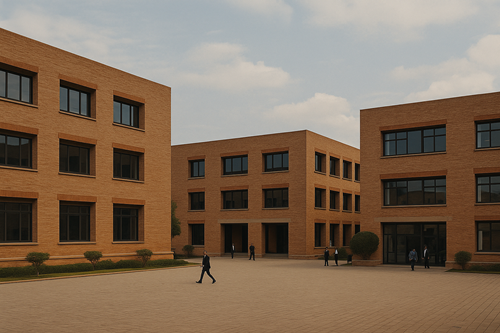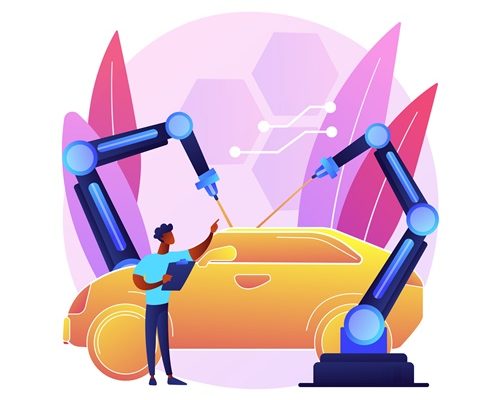Background
A leading Indian conglomerate wanted to understand the community needs gaps, gaps
and perceptions of general public on industries in the zone of influence of the
corporation’s region.
Research Objectives
• To study the population of the specified area in detail (demographics, social, etc.)
• To understand the need gaps and pain points of the surveyed community.
• To understand the sources of information that the community trusts and the influencers in the region.
• To study the perception of the community on client’s image versus that of others in the region.
• To compile a set of actionable insights and suggest new course of action for the client, that leads to a balanced, amicable coexistence and better living standards for the locals.
Target Groups Surveyed
• Villages in the area of influence of the region.
• An adult (18 years & above) male or female in each household.
Survey Coverage:
• Qualitative– A total of twenty FGDs were conducted across the geographical region. These FGDs were further categorised based on age (young adults vs. older adults), gender (male vs female) and target group (household members vs. PRI members). Each FGD involved at least 10 members.
• Quantitative– 3900+ TAPI (Tablet administered personal interviews) were conducted across 125+ villages. Survey questionnaire was comprehensive, including both choice- based and open-ended questions and had an average administration time of nearly 30 minutes.
Methodology
The project required doing a background research on the area, and going through existing literature about the people in the area.
• This was followed by primary research data collection, both Quantitative and Qualitative research.
• Qualitative research involved In-depths interviews and discussions with the target groups using semi-structured questionnaires and discussion guides.
• Results of qualitative research were analysed and utilised to design questionnaire for quantitative research.
• The quantitative research was also administered among PRI members of villages, apart from the target group, to get a coherent understanding of the perception.
Some Key Take Aways From The Study
• Advanced analytical methods were used to classify the villages into three segments (Developed, Semi-developed and Undeveloped). This classification worked as a guide to prioritise the regions which needed immediate actions.
• Occupational, financial, infrastructural issues were pin-pointed for each of the villages segment and further drilled down to each village. Awareness about the industries and the perception towards them was analysed. Factors that influenced a company’s image were identified. Findings were shared with client to deploy strategic CSR activities to deliver more focused and efficient efforts for local’s benefits, centred around company’s community-centric growth policies.
• The key influential persons were identified and ranked based on the level of trust the community had. Sources of information were identified and ranked based on their reach and level of trust. These were identified as key contact person as key point in establishing a communication channel between the community and the corporation.
• Logo identification, followed by word association was administered, to identify how the client’s company stood in comparison to others across various parameters, gauge popularity and perception of client’s company.
Strategic Recommendations Given To Client
It was suggested that the client first focus on the villages in Undeveloped area, in specific on the following areas –
• Medical facilities, clinics and especially, mobile medical vans to have increased penetration and reach.
• Safe drinking water, toilet and sanitation facilities to avoid health related liabilities in the community.
• Senior secondary and higher schools or transport to these schools in nearby villages, to help the community’s next generation with required education and skills for employment.
• Setting-up of e-seva centres to create awareness about government schemes, programs and facilitate with formalities (across all the segments).
• Skill training and some gainful work – Driving, plumbing, masonry, electrical work, etc. for youth.
• Irrigation facilities including rain water harvesting, canal/river water sourcing, lift irrigation and drip irrigation during non monsoon seasons to increase agricultural productivity.





